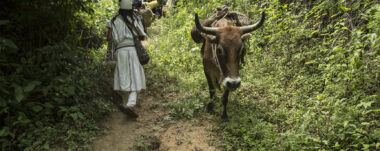Costa Rica’s Monkey: A Treasure of Endangered Biodiversity
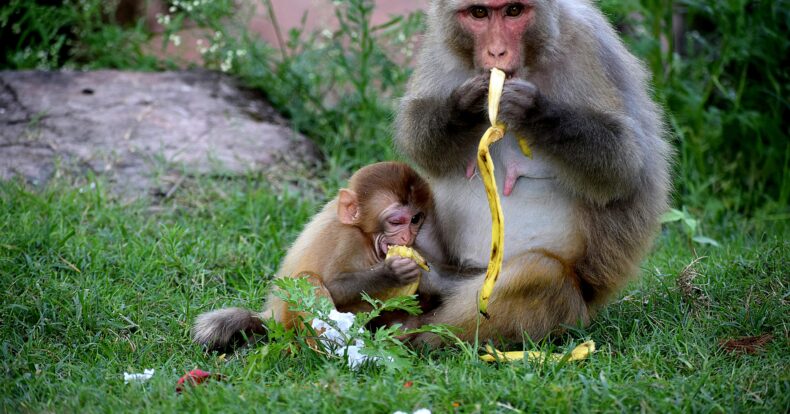
Costa Rica, known for its rich biodiversity and commitment to conservation, is home to four species of monkeys that add charm and vitality to its lush rainforests. These species are:
The mantled howler monkey (Alouatta palliata)
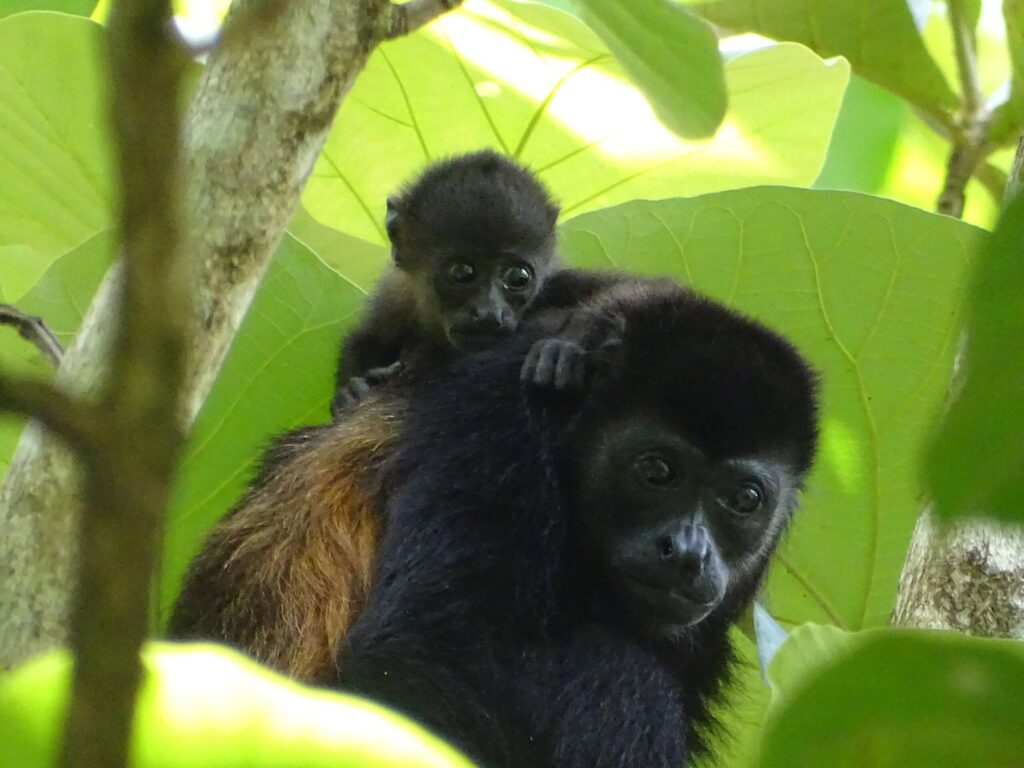
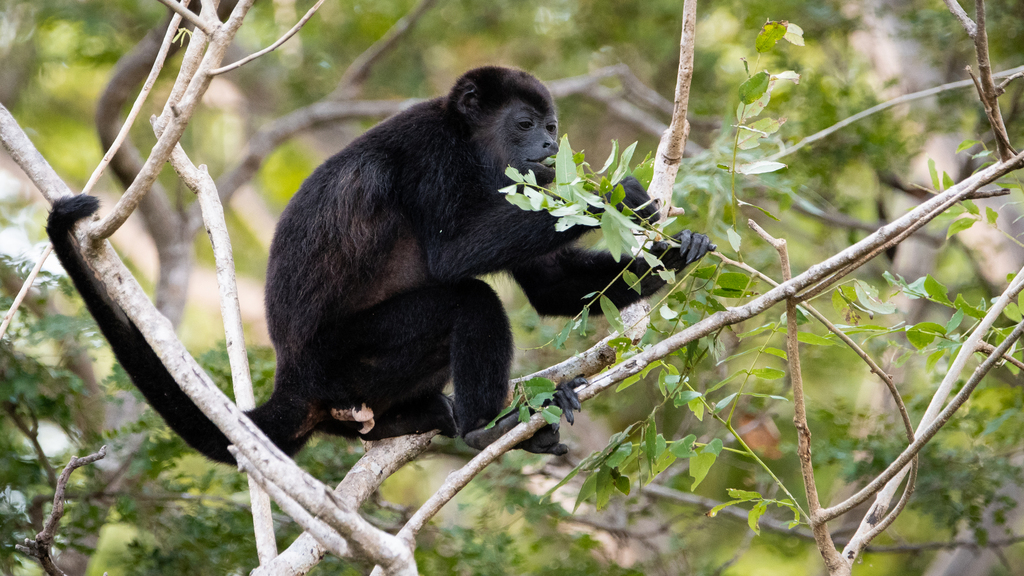
The white-faced capuchin (Cebus imitator)
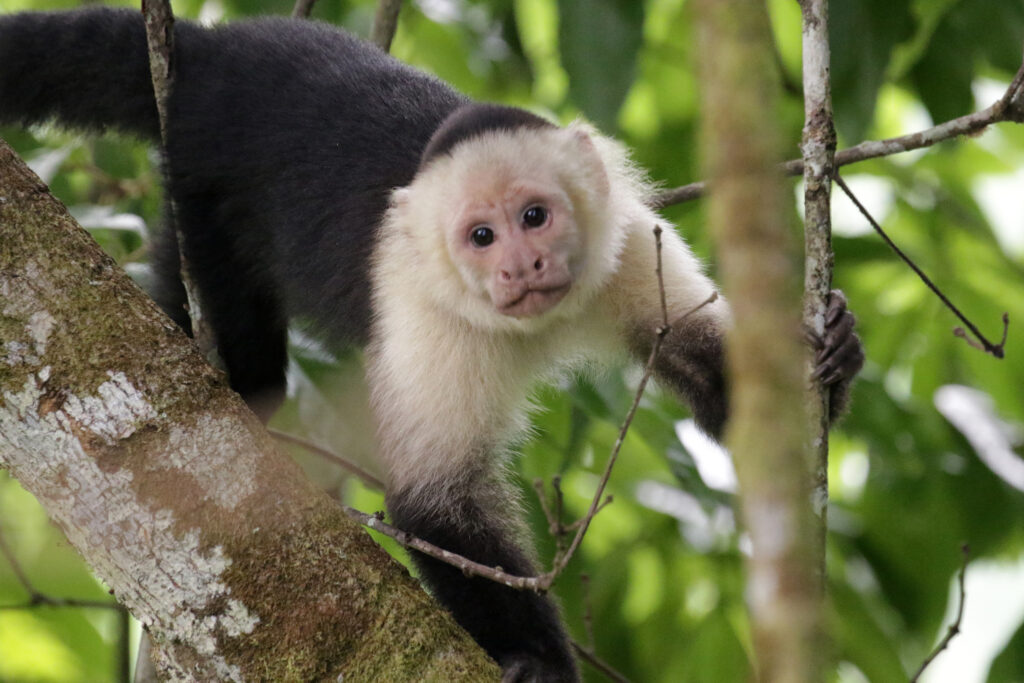
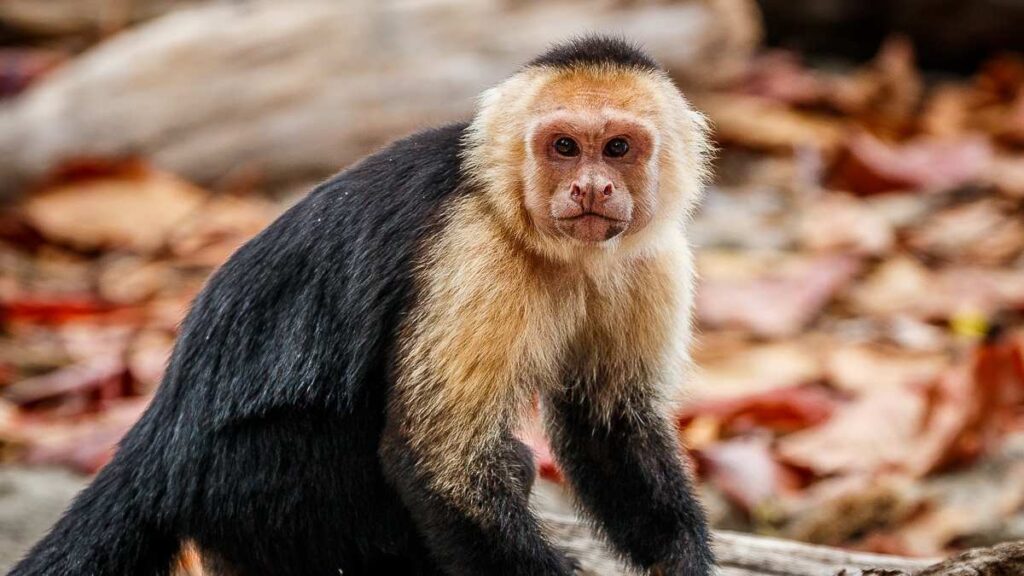
The Central American squirrel monkey (Saimiri oerstedii)

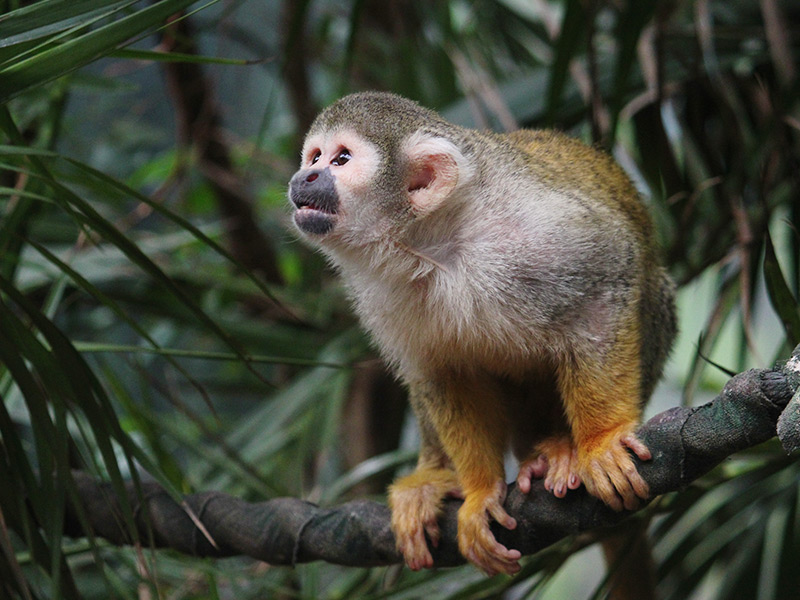
The Geoffroy’s spider monkey (Ateles geoffroyi)
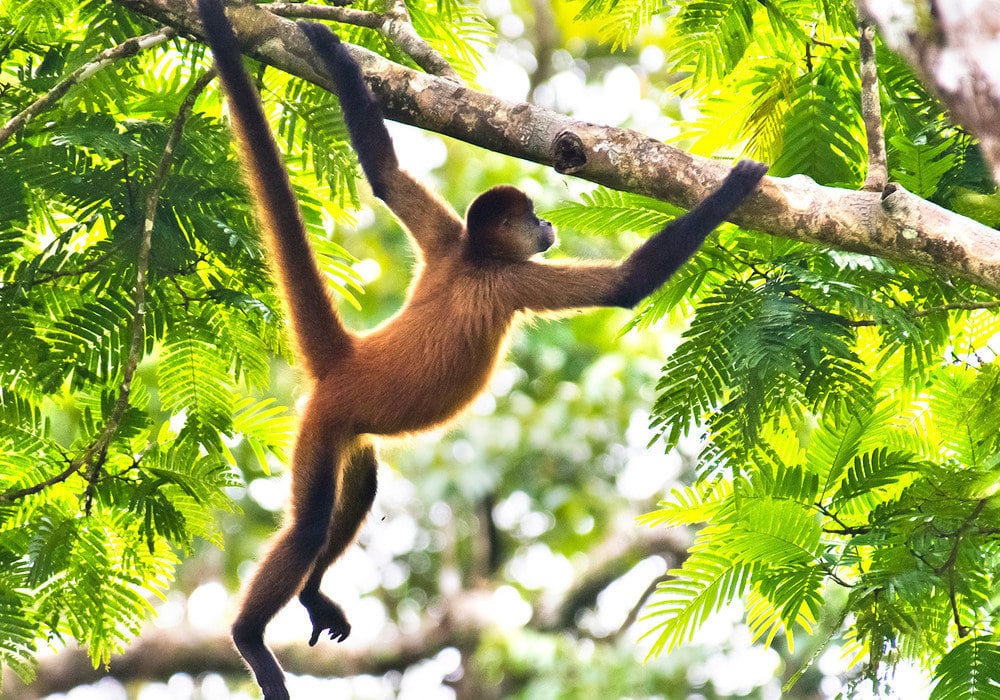
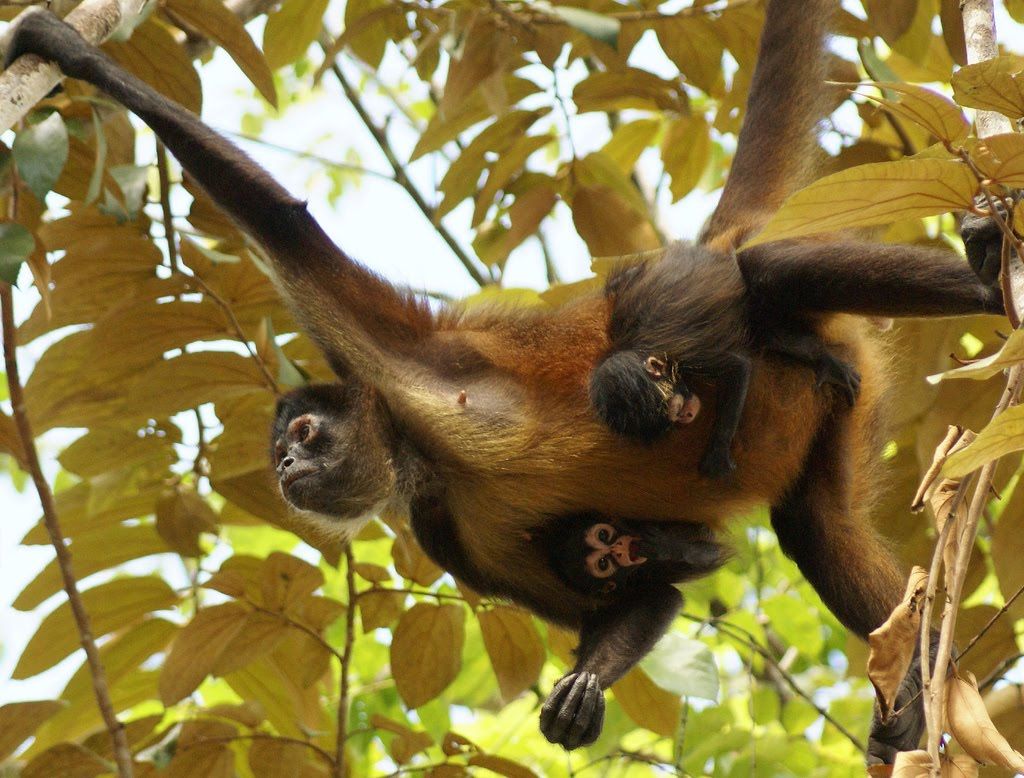
These arboreal creatures inhabit diverse ecosystems, from dry to rainforests, and feed mainly on leaves, fruits and flowers, although some also consume insects and small vertebrates.
Social Behavior & Adaptation
A variety of behaviors within their groups, such as playing, fighting, communicating, and grooming, are highly social. These behaviors strengthen group hierarchies and ensure social cohesion. However, habitat loss and fragmentation due to deforestation and urbanization have forced them to adapt in worrying ways. Some of the adaptations observed include:
- Terrestrial Displacement: Spend more time on the ground rather than in the trees.
- Change in Diet: Consume less nutritious foods.
- Care of the Young: Leaving the infants alone to get food from tourists.
These adaptations make them more vulnerable to predators and disease, with species such as the spider monkey being especially susceptible due to their need for large tracts of intact forest.
Costa Rica’s Monkeys: Conservation Challenges
Monkey populations in Costa Rica have drastically declined. In 2009, it was estimated that only 104,000 individuals of the four species remained. The main causes of this decline include:
- Habitat Loss and Fragmentation: Mainly due to deforestation and urbanization.
- Poaching and Illegal Trafficking: Monkeys are hunted and trafficked as pets.
- Detrimental Interaction with Humans: Feeding and harassment by tourists.
Species such as the spider monkey are endangered. To meet these challenges, conservation strategies such as the creation of biological corridors, watershed protection, environmental education about the importance of monkeys, and political will and resources to protect wildlife are needed.
Despite the challenges, there are success stories. In areas such as Tamarindo, monkey populations have begun to recover thanks to conservation and education efforts. With continued focus on these areas, it is possible to ensure the long-term survival of these fascinating species.
Impact of Ecotourism on White-faced Monkeys
Ecotourism, although vital for the economy and environmental awareness, has had a notable impact on the behavior of white-faced monkeys. In areas with greater tourism development, such as the Curú Wildlife Refuge, these monkeys have shown a high degree of habituation to humans, which is manifested in:
- Lower Aggressiveness: Reduction of aggressive or threatening behavior towards humans.
- Change in behavior: More time spent on activities such as feeding and grooming in the presence of people.
In contrast, groups that avoid areas with human activity maintain a greater fear and avoid contact with humans. This excessive habituation may lead monkeys to lose their fear of humans and include them in their social interactions, which could be detrimental to their long-term well-being.
Sensorial Sunsets
Navigate articles




